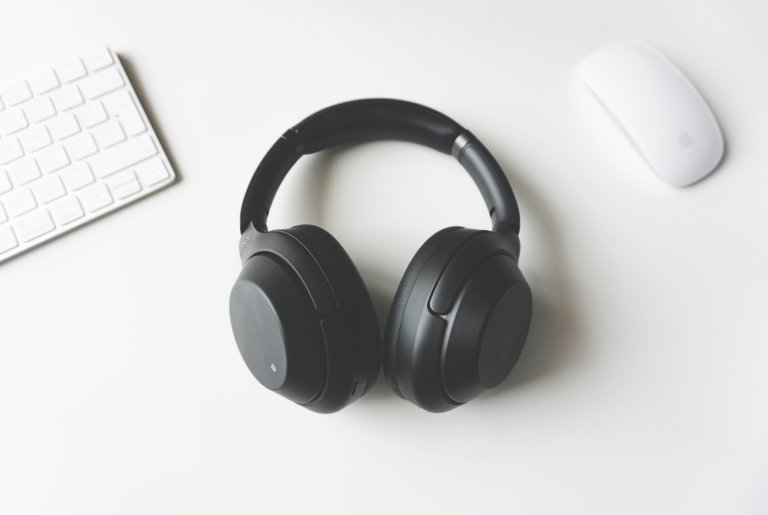How To Bridge Correctly Two Car Amps
Having two car amps can greatly enhance your car’s audio system, but it’s essential to set them up correctly in order to get the best sound quality. One important aspect of setting up multiple car amps is bridging them, which essentially combines the output of the two amps to drive a single speaker or set of speakers. This technique can increase the power and overall performance of your audio system, but if not done correctly, it can also cause damage to your amps. In this article, we’ll guide you through the process of bridging two car amps correctly.
1. Determine if Your Amps Can be Bridged
The first step to bridging two car amps is to make sure that they are capable of being bridged. Not all amps have this capability, so it’s important to check the specifications of your amps before attempting to bridge them. If your amps have a bridging option, it will be mentioned in the manual or on the back of the amp itself. If you cannot find this information, a quick online search or reaching out to the manufacturer can provide you with the answer.
2. Understand the Basics of Bridging
Before attempting to bridge your amps, it’s important to understand the basics of how bridging works. Bridging combines the two channels of your amps to create one channel with a higher power output. This means that if your amps are rated at 50 watts per channel, bridging them will produce a single channel with an output of 100 watts. It’s important to note that bridging does not double the power of your amps, but it does increase it significantly.
3. Prepare your Amps
Once you have confirmed that your amps can be bridged and have a good understanding of how it works, it’s time to prepare your amps. First, make sure that both amps are turned off and disconnected from any power source. You’ll need to connect the channels that are going to be bridged, so it’s important to know which channels these are on your amps. This information can usually be found in the manual or on the back of the amp.
4. Connect the Positive (+) and Negative (-) Terminals
The next step is to connect the positive (+) and negative (-) terminals of each channel that will be bridged together. This will usually involve connecting a wire or set of wires from one amp’s positive terminal to the other amp’s negative terminal. It’s important to make sure that the polarity is correct, meaning the positive terminal on one amp is connected to the positive terminal on the other amp and the negative terminal on one amp is connected to the negative terminal on the other amp.
5. Connect the Speaker Wires
After connecting the positive and negative terminals, you’ll need to connect the speaker wires from your amps to your speakers. Usually, one set of speaker wires will run from the bridged channel to one speaker, while the other set will run from the other channel to another speaker. Again, it’s important to make sure that the polarity is correct to avoid any potential damage to your amps or speakers.
6. Turn on Your Amps
Before turning on your amps, make sure that all connections are secure and that the correct channels are bridged. Once you have done this, turn on your amps and test your audio system. You should notice a significant increase in power and performance compared to before you bridged your amps. If you do not hear any improvement, double-check your connections and bridging setup.
7. Monitor Your Amps and Speakers
After successfully bridging your amps, it’s important to monitor them and your speakers for any signs of overheating or distortion. If you notice either of these, it could mean that your amps are struggling to handle the increased power and you may need to reevaluate your setup. It’s also important to check the manual of your amps for any specific guidelines or precautions for bridging.
Conclusion
Bridging two car amps correctly can greatly enhance the audio performance of your car’s audio system. By following these steps and understanding the basics of bridging, you can easily and safely combine the power of your amps to get the best sound quality possible. Remember to always double-check your connections and monitor your amps and speakers to ensure their optimal performance. With a little bit of effort, you can bridge your car amps correctly and enjoy an enhanced audio experience.
